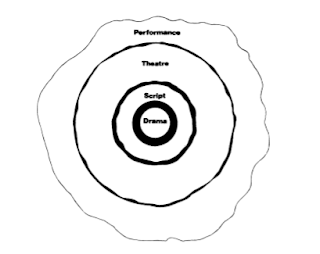Object as a Window to a Culture?

Object as a Window to a Culture? Aishwarya Walvekar Introduction As centuries go by with time and a civilization and its culture is taken over by the other, syncretize with other or simply live alongside the other; we see various patterns of lifestyle and culture mainly through the remnants like the architecture, sculptures, edicts, texts, etc. An object is produced in a certain time to project one’s ideas and may or may not be in daily use. Each carries its own objectivity and subjectivity. But as we have travelled through the time and cannot go back into the time realms, all we are left with are objects from the past. The objects are reduced to mere things and their interpretations can vary. But more so than ever, rather than living with the abstraction of the past, they may provide us with some insights from our subjective knowledge. The science and technology has provided us with dating systems; so now we can at least know when the object belonged from. According to H...


